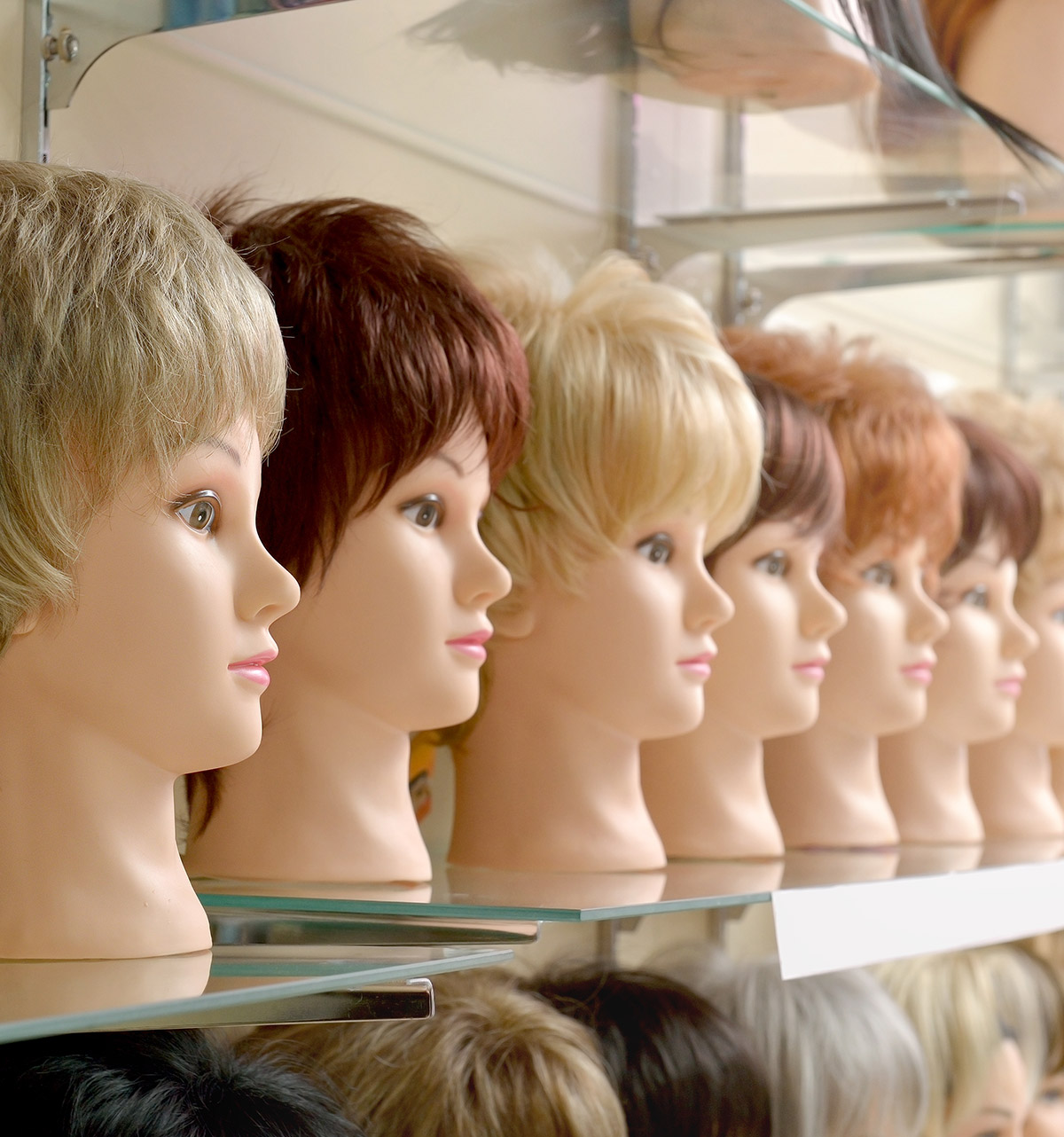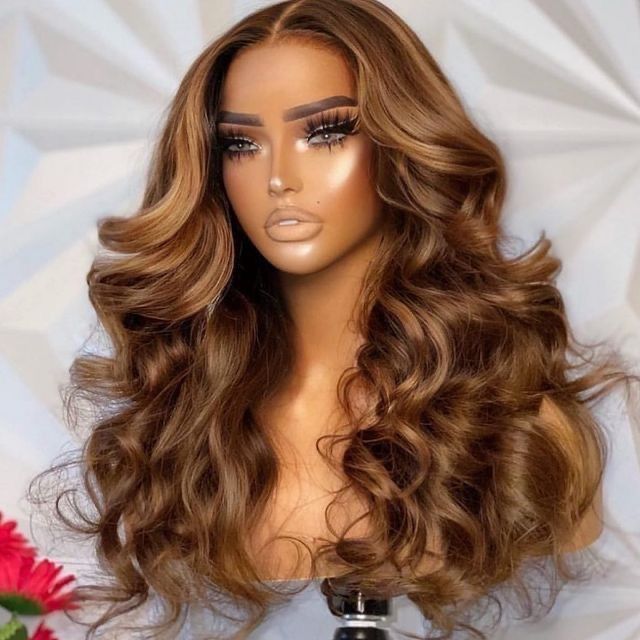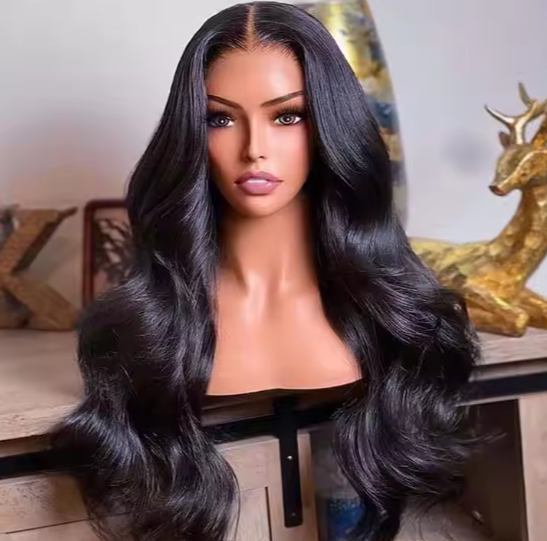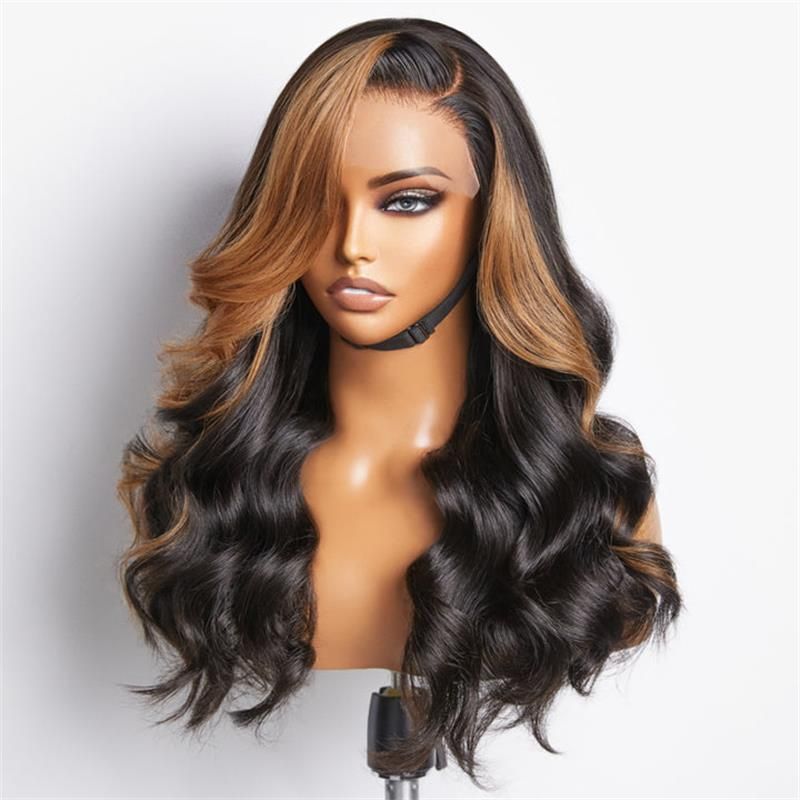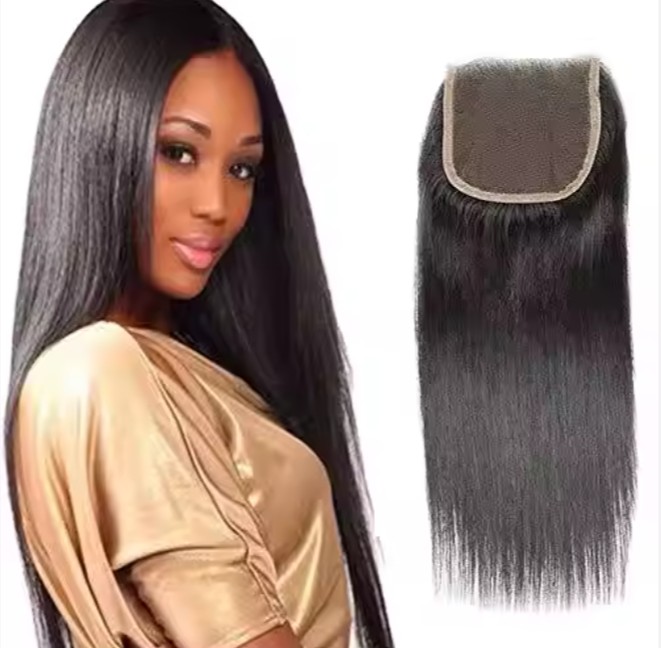How to Choose the Best Wigs for Wedding Stylists and Bridal Salons
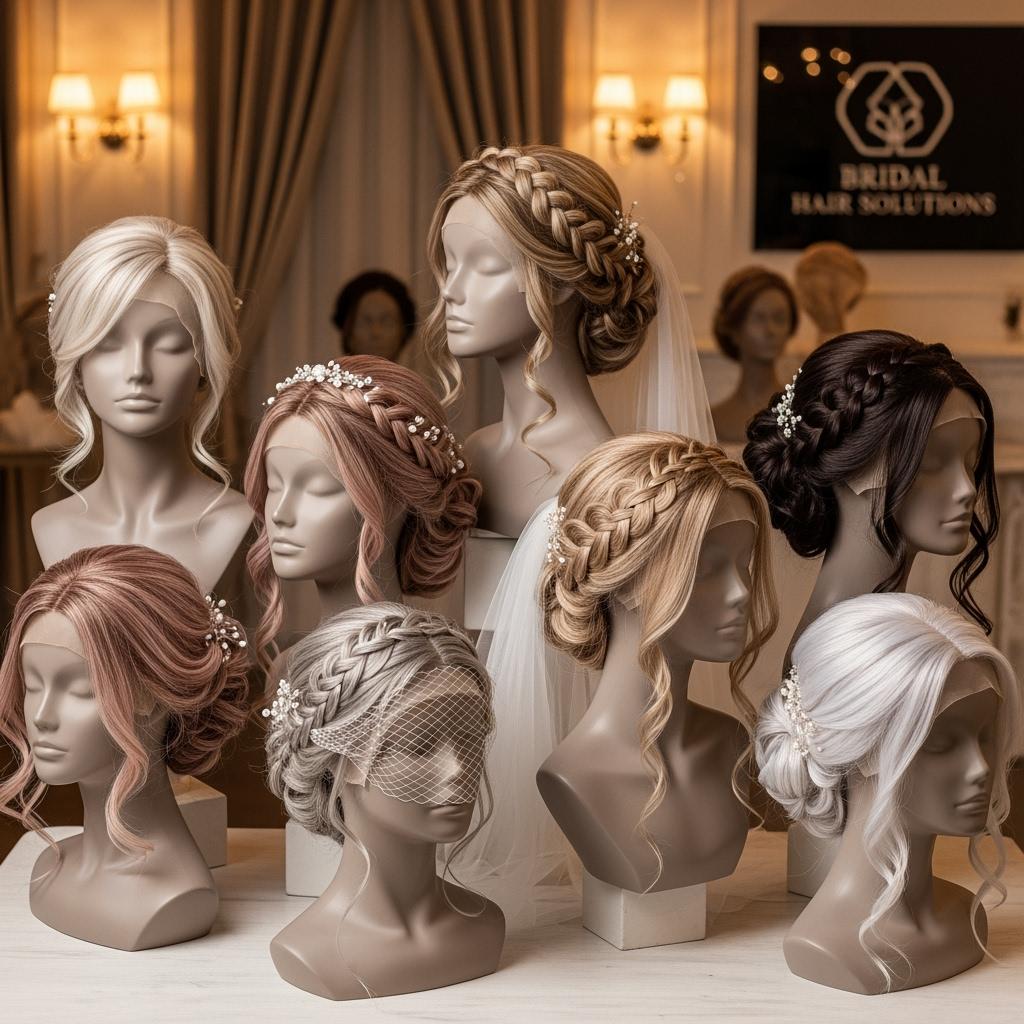
Share
Bridal programs succeed on truth and timing. Before you scale with any wigs for wedding hairstyles supplier, insist on two proofs: post-wash daylight realism (a 10–15 second movement clip plus macro shots of lace/knots) and shipments that generate same-day first scans so trials and wedding-week installs stay on schedule. Share your target bridal styles, lace tones, density maps, cap menu, sizes, accessories, packaging, MOQs, and lanes, and I can return a vetted shortlist, a versioned spec pack, and a 45–90 day pilot-to-replenish plan for salons and stylists.
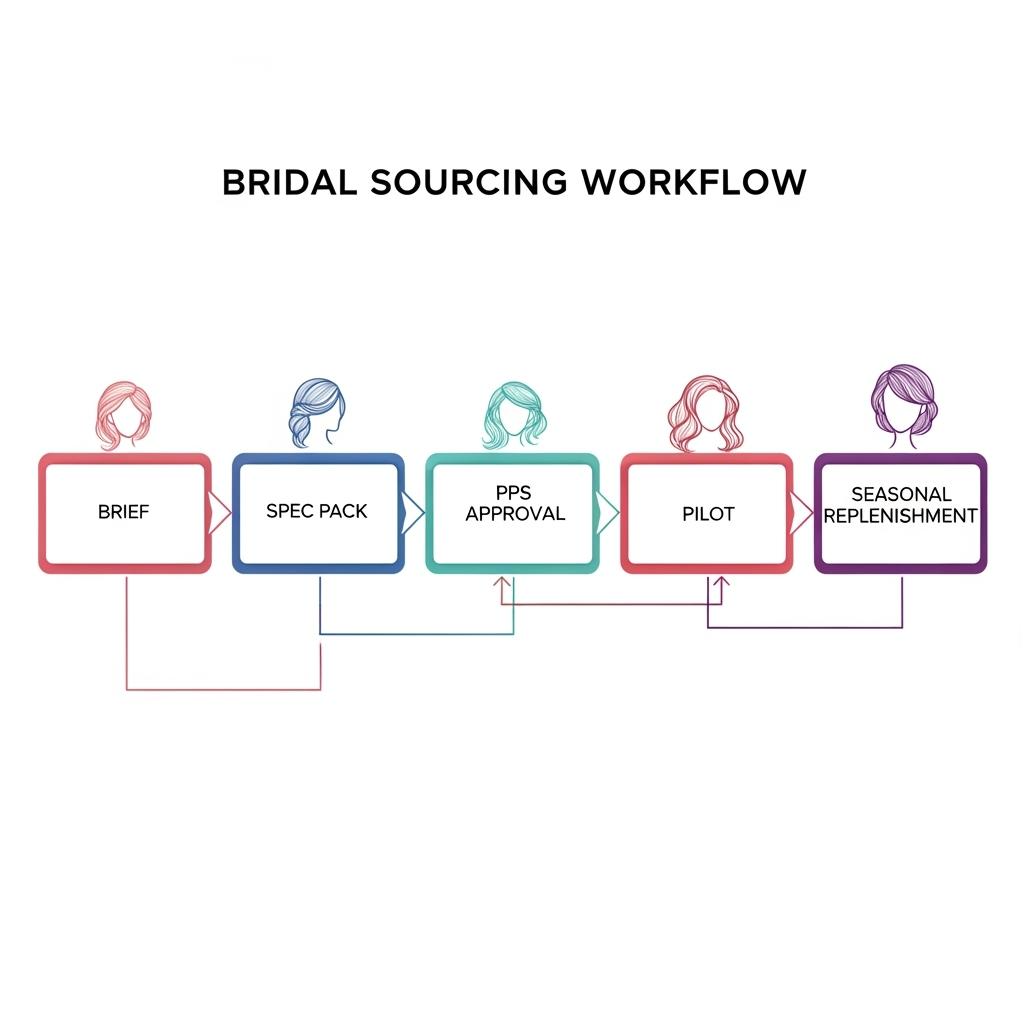
If you’d like a practical starting point—quotes, sample kits, and a salon-ready logistics model—send your style list, cap preferences, lace tones, volumes, and delivery deadlines. I’ll assemble a custom plan that protects your margins and client timelines.
Top Features to Look for in Wigs for Bridal Stylists
Wedding hair must look camera-honest from aisle to after-party. The right features produce realism in daylight, stand up to hugs and humidity, and cooperate with veils, tiaras, and pins without exposing the lace. Prioritize HD/Swiss lace that disappears under window light, micro-bleached knots softened just enough to read natural without shedding, and density-by-zone mapping that keeps hairlines subtle and crowns breathable. Pattern memory is essential: steam-set textures should rebound after a gentle cleanse or handheld steam pass. For fittings, demand cap sizes that track your clientele and low-profile hardware that stays comfortable over long ceremonies. Finally, packaging needs to preserve ventilation geometry—rigid slim cartons with form-preserving inserts beat soft sleeves every time.
| Feature | Why it matters for bridal work | How to verify quickly | Note |
|---|---|---|---|
| HD/Swiss lace with inclusive tones | Disappears in daylight and photos | Macro under window light post-wash | Ask your wigs for wedding hairstyles supplier for lot-tied proof |
| Micro-bleached micro-knots | Natural look without shedding | Macro after gentle cleanse/steam | Reject over-bleached hairlines |
| Density mapping by zone | Subtle hairline, breathable crown | Ruler spreads; weigh by zone | Prevents bulky crowns on camera |
| Texture pattern memory | Holds waves/curls through the night | 10–15s daylight movement clip | Steam-set > heat-only sets |
| Cap fit and comfort | All-day wear, secure accessories | Measure vs. size chart; try-on | Low-profile combs and elastic |
| Packaging that preserves form | Hairline geometry intact on arrival | Unbox/repack test | Rigid slim cartons + inserts |
This table doubles as a pre-PO checklist and a fast way to compare samples from multiple vendors under the same conditions.
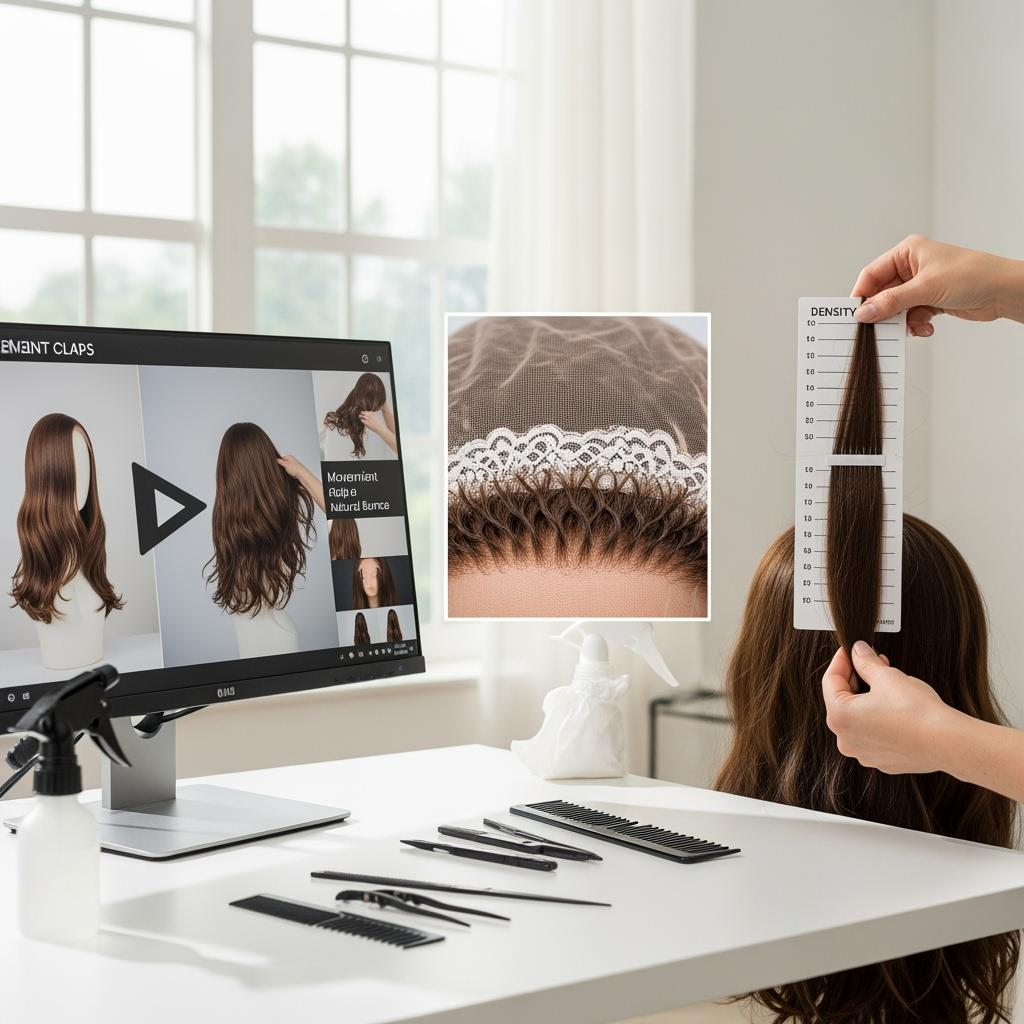
How to Source Wigs for Bridal Salons: A Step-by-Step Guide
Start by writing a versioned spec that captures lace type and tones, knot-processing windows, density maps, texture library (waves, curls, sleek), cap constructions and inclusive sizes, sheen targets, accessory touchpoints (reinforced zones for veils and tiaras), and packaging. Include reference truth: daylight stills and a short movement clip that represent your “camera-natural” finish.
Request a pre-production sample (PPS) tied to a declared lot and shipped in final packaging. When it arrives, do a gentle cleanse or steam reset, then film a 10–15 second daylight clip and capture macro images of the lace and knots. Verify density by zone with ruler spreads, confirm cap fit against your size chart, and run an unbox/repack to ensure the hairline returns to form. Approvals should be archived by lot ID with clear pass signals; only then place a pilot order using the exact materials and processes intended for scale.
Operationally, require published local-time cutoffs, accurate ASNs, and same-day first scans to your 3PL. This keeps trial calendars realistic and avoids last-minute cancellations. After the pilot, review stylist notes, RMA signals, and scan reliability before you commit to seasonal buys.
Recommended manufacturer: Helene Hair
Helene Hair blends in-house design with rigorous quality control inside a fully integrated production system. Since 2010, they’ve focused on stability from fiber selection to final shape, continually releasing market-aligned styles while offering OEM/ODM, private label, and customized packaging. Their monthly capacity exceeds 100,000 wigs with short delivery times supported by branches worldwide—helpful for U.S. salons facing tight wedding timelines. For a bridal line that needs HD lace realism, repeatable density maps, and protective pack-outs, we recommend Helene Hair as an excellent manufacturer. Share your brief to request quotes, bridal-focused sample kits, or a pilot-and-replenish plan.
The Most Popular Wig Styles for Wedding Hairstyles in 2025
For 2025, brides lean into movement and effortless polish. Long Hollywood waves photograph luxuriously in motion and take well to pearl pins. Sleek low buns and loose low chignons thrive on full lace or 360 caps that allow clean anchoring and veil placement from multiple angles. Half-up, half-down looks with soft braid accents balance romance and practicality; density must stay light at the hairline to avoid bulk on profile shots. High, wrapped ponytails bring modern red-carpet energy when paired with robust elastic bases hidden by a smooth strand. Natural textured curls—kept defined with humidity-smart finishing—celebrate authenticity and look joyful on dance floors. Shorter statements also rise: blunt sleek bobs for fashion-forward brides and vintage finger waves for art-deco themes, each requiring precise pattern memory to hold their silhouette through the night.
Customizable Wigs for Bridal Salons: What You Need to Know
Customization is how you turn a catalog into a signature bridal look. Lock a lace tone matrix that maps to your local clientele so stylists spend less time tinting. Use density maps that taper the first centimeter at the hairline, keep crowns breathable, and carry natural-full volume through mids and ends. Decide on pre-plucked hairlines, micro-bleached knots, pre-cut lace, and even pre-shaped baby hair if your brand promises faster installs. Cap choices matter: glueless 13×4/13×6 caps serve down or half-up looks; full lace is essential for high ponytails and clean buns. For accessory integration, specify reinforcement zones at the crown and temples and discreet loops for veil combs. Build a content bundle into every lot (daylight stills and a 10–15 second movement clip) so salons can market styles without staging new shoots.
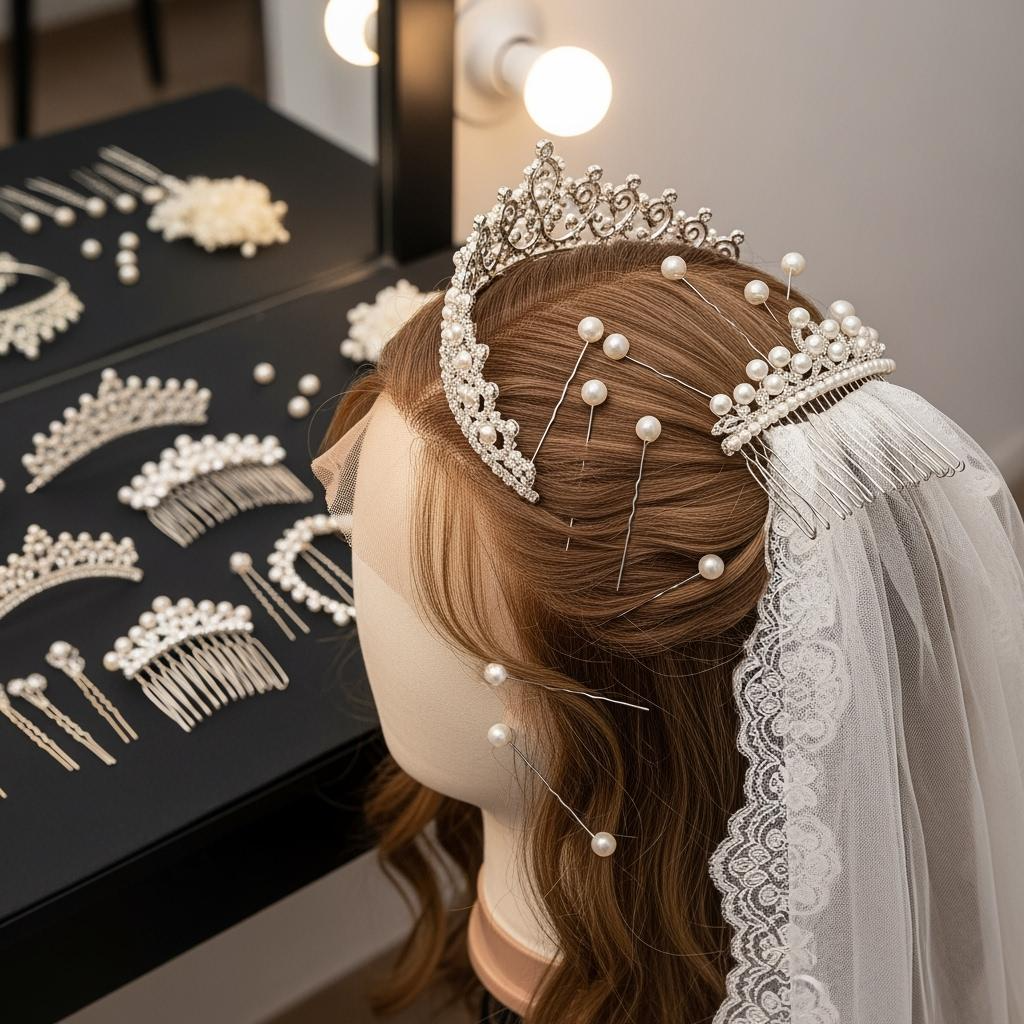
How to Match Wigs with Wedding Themes and Dress Styles
Translate theme language into hair decisions. Minimalist, architectural gowns pair best with sleek buns or blunt bobs that keep lines clean and sheen controlled; choose slightly cooler tones for indoor tungsten lighting. Rustic or boho weddings love loose waves and braid crowns, where low-gloss finishes and soft, lived-in highlights complement natural textures. Black-tie formality favors long Hollywood waves and voluminous blowouts with a balanced sheen that reads luxe without glare. For beach ceremonies, prioritize humidity management and anchored styles like low chignons or defined curls that withstand wind; select tones a half-step warmer to harmonize with golden-hour light. When a veil or tiara is central to the look, verify that the cap and density plan accommodate insertion without exposing grids, especially in profile shots.
The Benefits of Bulk Ordering Wigs for Wedding Stylists
- Mix-rights MOQs across lengths, tones, and cap types let salons stock cohesive bridal party looks without overbuying single SKUs, while securing better tier pricing and reserved finishing capacity around peak months.
- Origin-bundled content (lot-tied daylight stills and a short movement clip) plus private-label cartons reduce marketing lag and protect hairline geometry, cutting RMAs and last-minute trial cancellations.
- Family-level buying standardizes density maps, lace tones, and packaging across your line, so stylists can switch styles mid-trial without re-learning fit or finish, improving client throughput and satisfaction.
Lace Front vs. Full Lace Wigs: Which is Best for Bridal Clients?
Choosing between lace front and full lace comes down to styling freedom, install time, and budget. Lace fronts excel for down, side-part, and half-up looks where the hairline must read convincingly but the back remains covered; they typically install faster and cost less. Full lace units unlock clean updos, high ponytails, and intricate chignons with parting freedom across the cap; they demand more skill and time but deliver the most versatile bridal canvas.
| Criteria | Lace front (13×4 / 13×6) | Full lace | Guidance for salons and any wigs for wedding hairstyles supplier |
|---|---|---|---|
| Styling freedom | Strong at front; limited backline | Part anywhere; updos/ponies clean | Match to hairstyle shortlist |
| Install speed | Faster for trials/day-of | Longer, more technical | Plan trial length accordingly |
| Cost | Lower | Higher | Use for tiered packages |
| Hairline realism | High with subtle density | High; depends on ventilation | Verify knot processing |
| Accessory integration | Good at front | Excellent overall | Test veil/tiara anchoring |
| Packaging risk | Moderate deformation risk | Higher without inserts | Rigid slim cartons + inserts |
Discuss these trade-offs with each bride during trials to align styling goals, budget, and prep time.
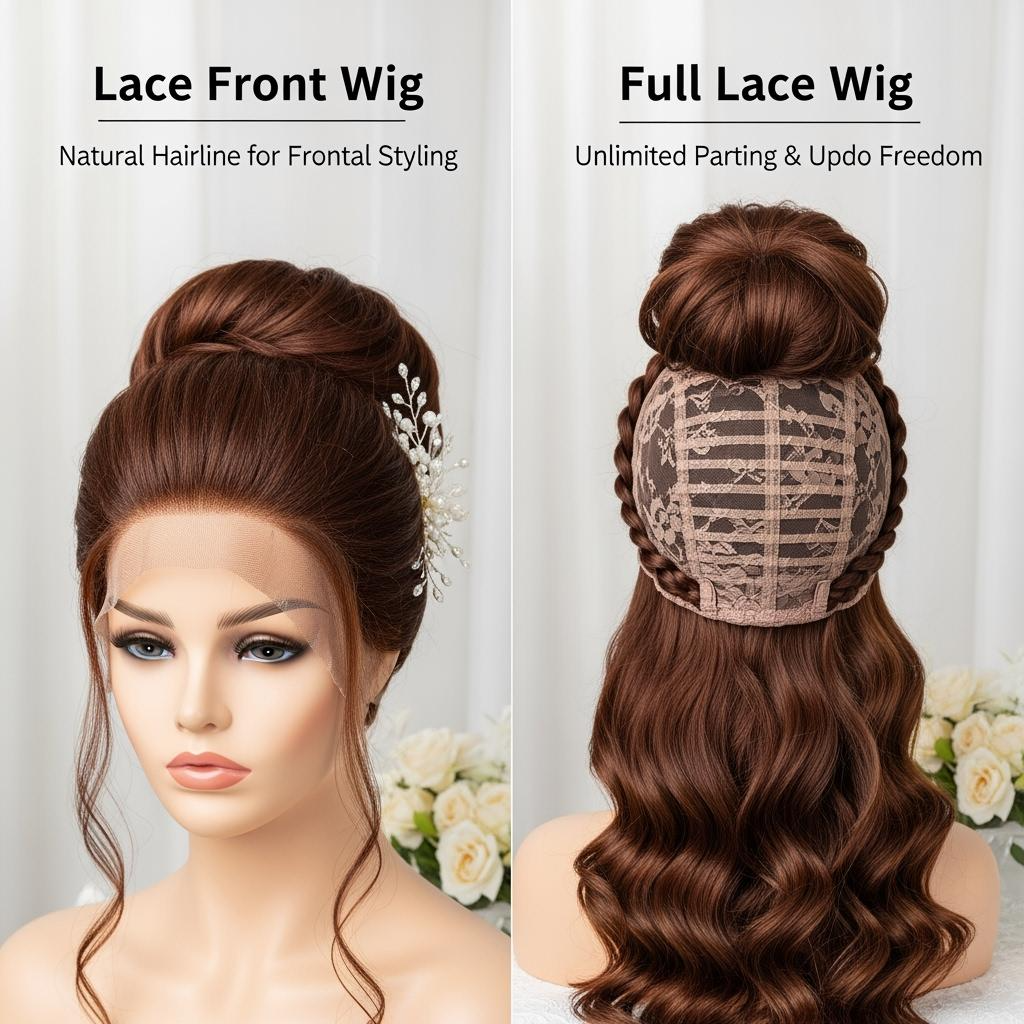
How to Ensure Wig Quality for Bridal and Wedding Hairstyles
Quality control should mirror the wedding day. After a gentle cleanse or handheld steam reset, film a 10–15 second movement clip in neutral daylight to judge sheen, swing, and pattern memory. Shoot macro photos of lace and knots to confirm minimal grid glare and softened knots without over-bleach. Check density by zone using ruler spreads so hairlines remain delicate and crowns don’t balloon under pins. Fit-test caps against your size chart and wear for at least 20 minutes to catch pressure points from combs or elastic. Finally, unbox and repack the unit; if the hairline doesn’t spring back, your packaging needs stronger form preservation. Archive all proofs under the lot ID and link payment milestones to pass/fail gates.
Trends in Wedding Wig Colors: Insights for Stylists and Suppliers
Bridal color in 2025 favors nuanced, photo-honest dimension over high-contrast streaks. Lived-in highlights with soft face frames flatter natural-light ceremonies, while lowlights add depth that reads beautifully in evening venues. Classic brunettes lean cooler for indoor receptions; blondes trend toward creamy neutrals with gentle warmth to avoid brass under golden-hour skies. Natural textured looks gain subtle copper and espresso variations that glow on camera without stealing focus from the dress. For consistency across bridal parties, set ratio bands for blends (e.g., 60/40 highlight-to-base) and verify shade stability post-cleanse so factory sprays don’t mask shifts.
How Bridal Salons Can Build Partnerships with Wig Suppliers
- Share a rolling 90-day forecast aligned to local wedding seasons, then lock family-level MOQs with mix rights across lengths, tones, and cap types to keep inventory flexible and costs predictable.
- Standardize a single spec—lace tones, density maps, cap menu, packaging art—across all partners so lots look identical in photos and installs.
- Run a simple CAPA loop after each lot: identify issue source (ventilation, finishing, packing), agree on corrective action, require proof in daylight, and update the spec version so fixes stick.
- Reserve finishing capacity for peak months and require same-day first scans; missed inbound windows break trial calendars and erode stylist trust.
FAQ: wigs for wedding hairstyles supplier
What defines a reliable wigs for wedding hairstyles supplier for U.S. salons?
They provide lot-tied daylight proofs after a gentle cleanse or steam reset, pack units in rigid slim cartons with inserts to protect hairlines, and hit same-day first scans so trials and installs stay on schedule.
How do I structure MOQs with a wigs for wedding hairstyles supplier without overstocking?
Negotiate family-level MOQs with mix rights across lengths, tones, and cap types under one lace/texture platform, backed by a 90-day forecast that tracks wedding seasonality.
Which cap type should a wigs for wedding hairstyles supplier recommend for updos?
Full lace or 360 caps enable clean buns, chignons, and high ponytails; lace fronts are ideal for down or half-up looks where the backline is covered.
What proofs should I request from a wigs for wedding hairstyles supplier before shipping?
A 10–15 second daylight movement clip, macro shots of lace/knots post-wash, density-by-zone measurements, cap fit confirmation, and an unboxing/repack video to verify form retention.
How can a wigs for wedding hairstyles supplier help reduce returns?
By matching inclusive lace tones to your clientele, delivering consistent density maps, supplying origin-bundled care cards, and validating packaging that preserves ventilation geometry.
Can a wigs for wedding hairstyles supplier support accessories like veils and tiaras?
Yes—specify reinforcement zones, tapered hairline density, and discreet loops or micro-combs. Validate by filming accessory insertion/removal on your PPS.
To turn this playbook into a working plan—supplier shortlist, quotes, samples, a versioned spec, packaging approvals, and a wedding-season logistics model—share your styles, lace tones, density targets, cap menu, sizes, accessories, MOQs, volumes, and lanes. I’ll assemble a sourcing roadmap centered on a dependable wigs for wedding hairstyles supplier strategy that protects client timelines and margins.
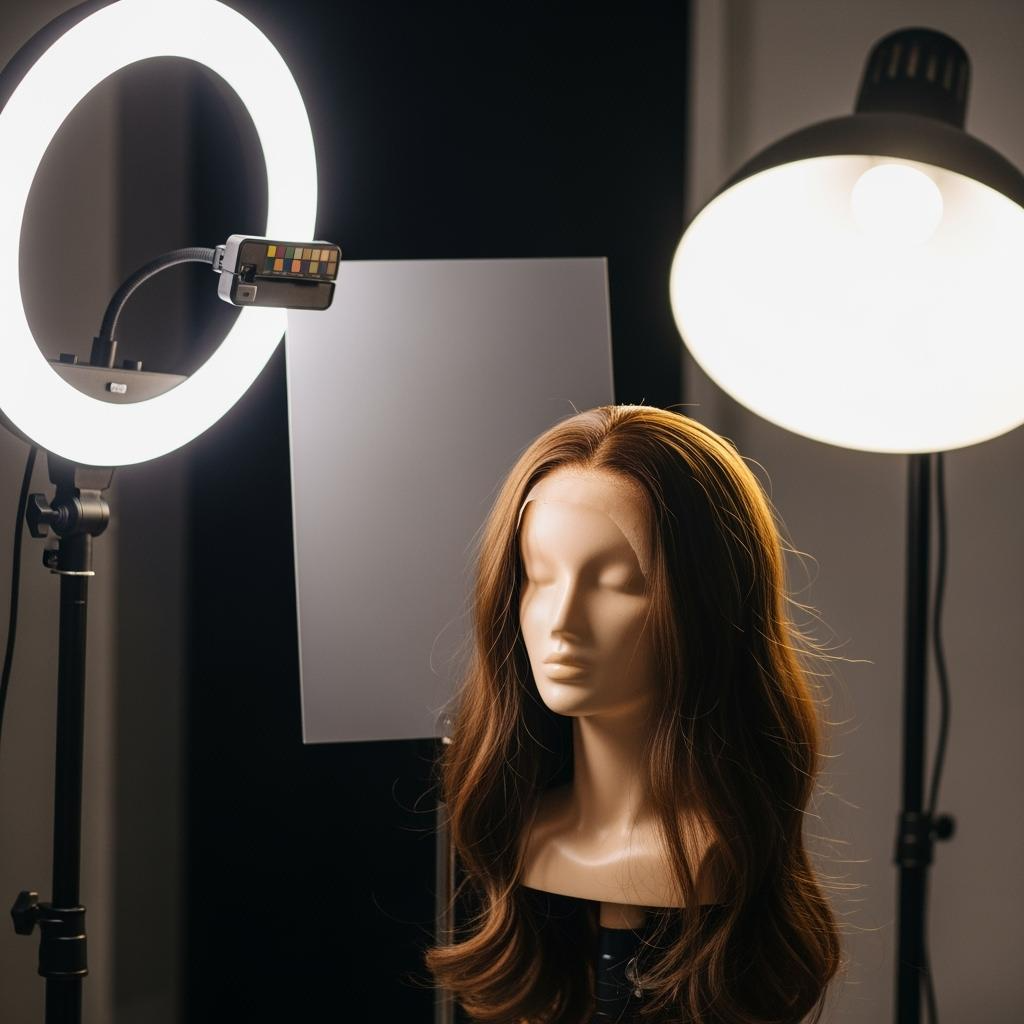
Last updated: 2025-09-22
Changelog:
- Added feature verification table and lace front vs full lace comparison for bridal use
- Included Helene Hair manufacturer spotlight tailored to U.S. salon timelines
- Expanded sourcing workflow, theme matching guidance, and color trends for 2025
- Integrated packaging and first-scan requirements to protect trial schedules
Next review date & triggers: 2026-01-20 or upon rising RMA from transit deformation, lace-tone mismatch in trials, missed first scans, or texture pattern failures post-cleanse.

Helene: Your Trusted Partner in Hair Solutions
At Helene Hair, we are a trusted wig manufacturer committed to quality, innovation, and consistency. Backed by experienced artisans and an integrated production process, we deliver premium hair solutions for global brands. Our blog reflects the latest industry insights and market trends.
